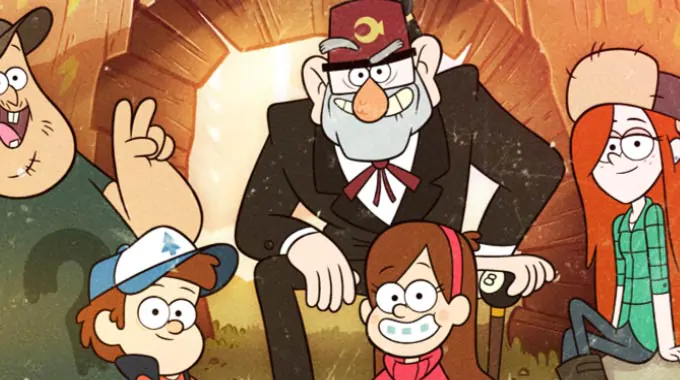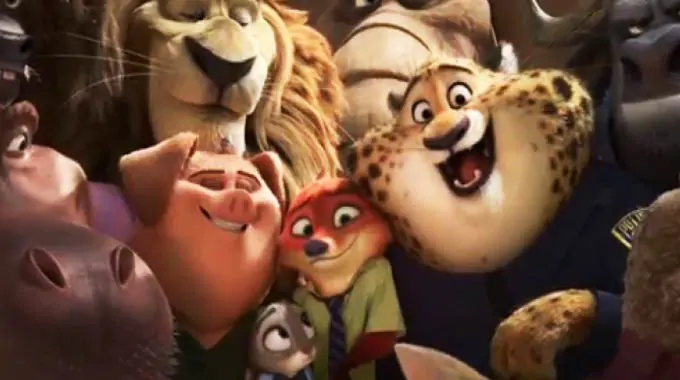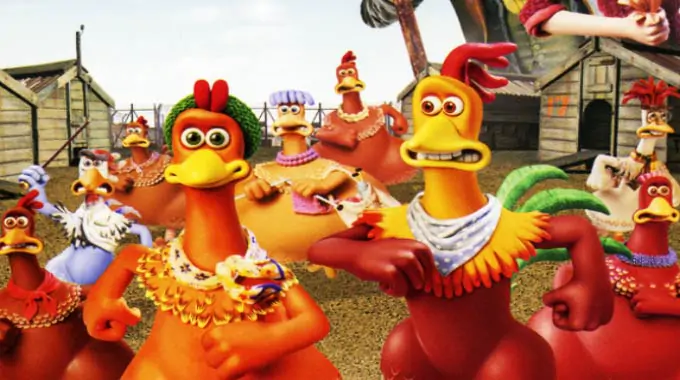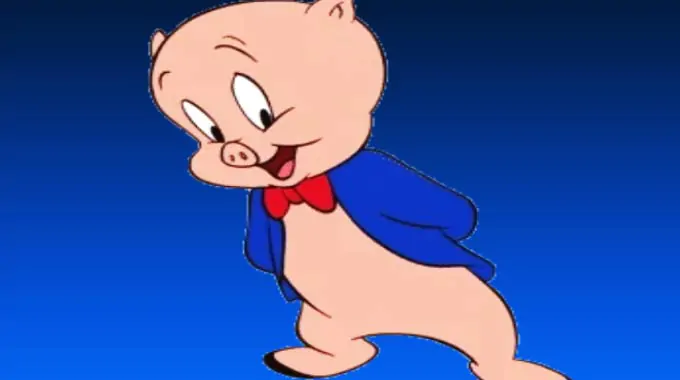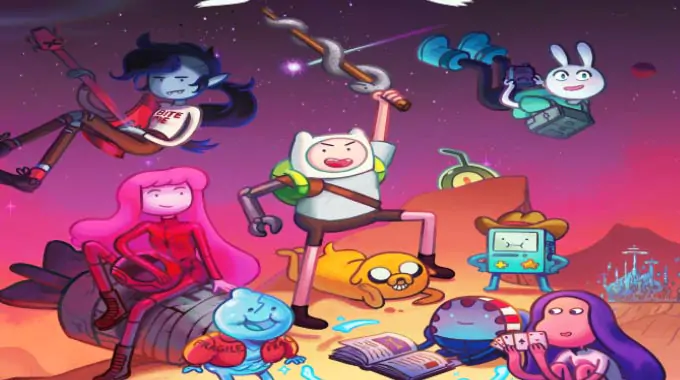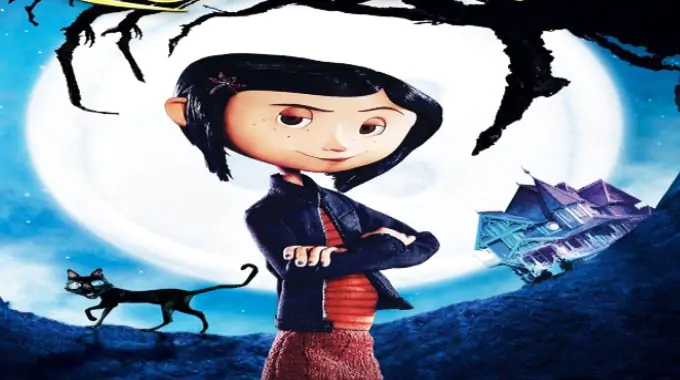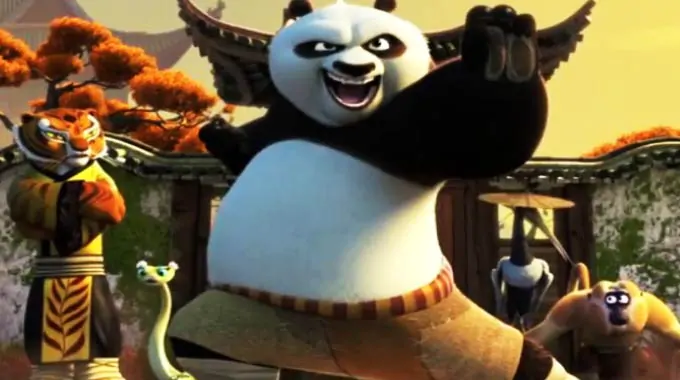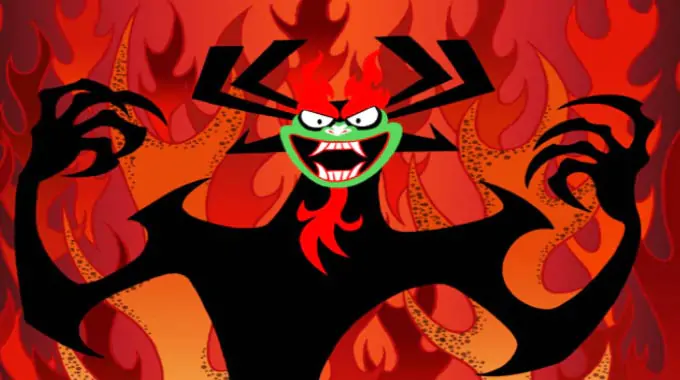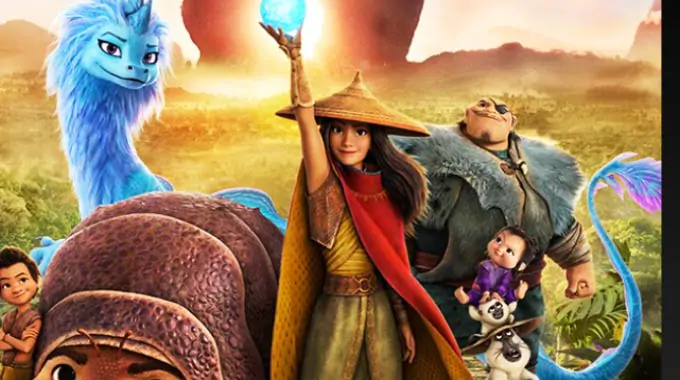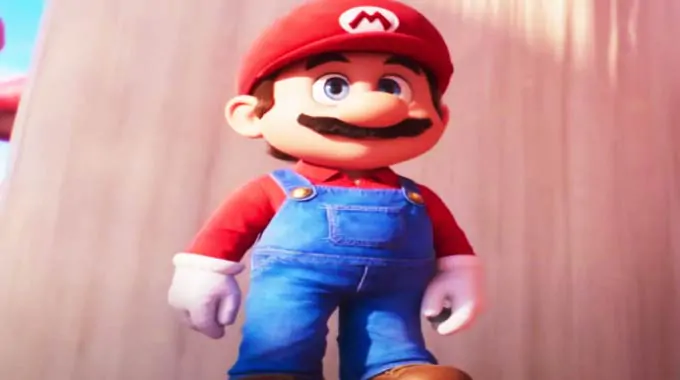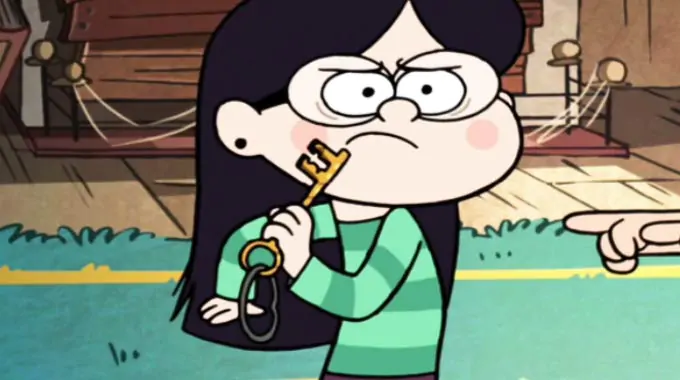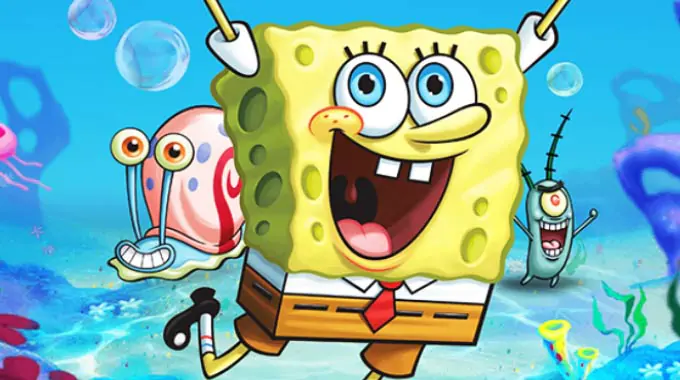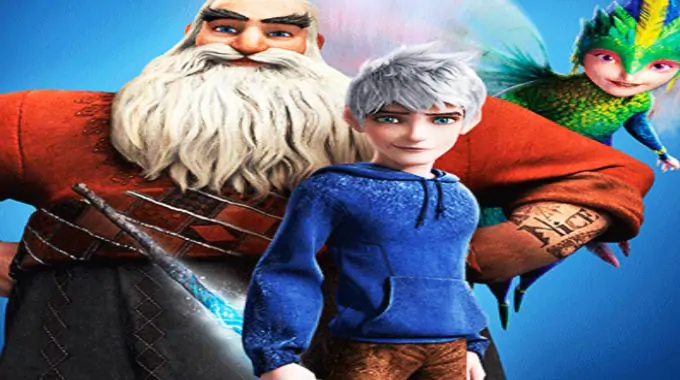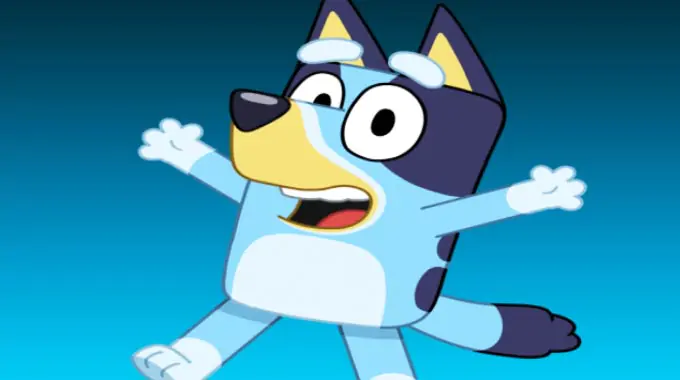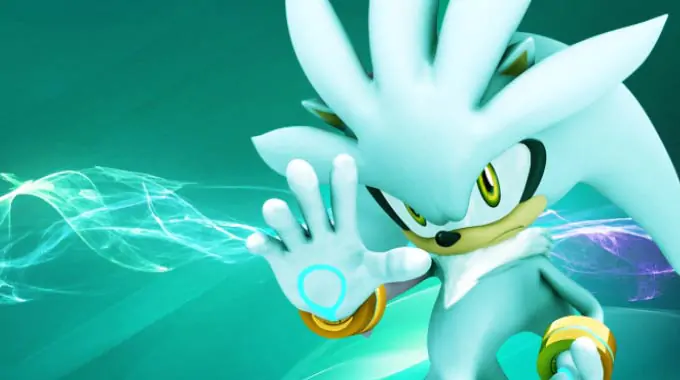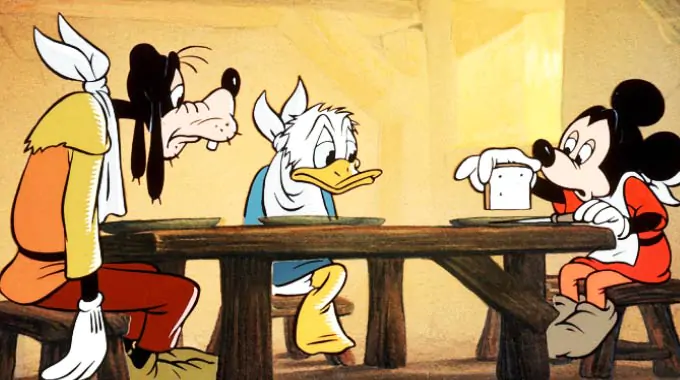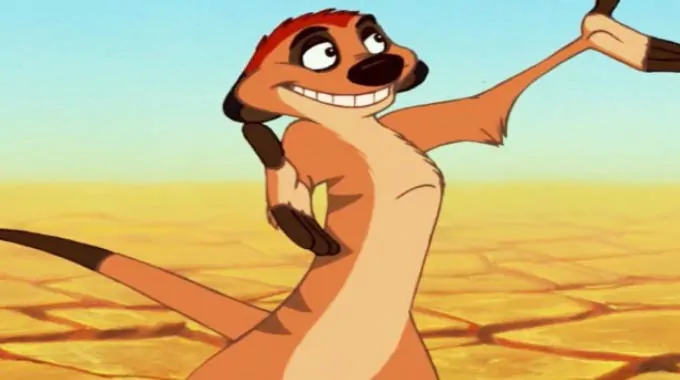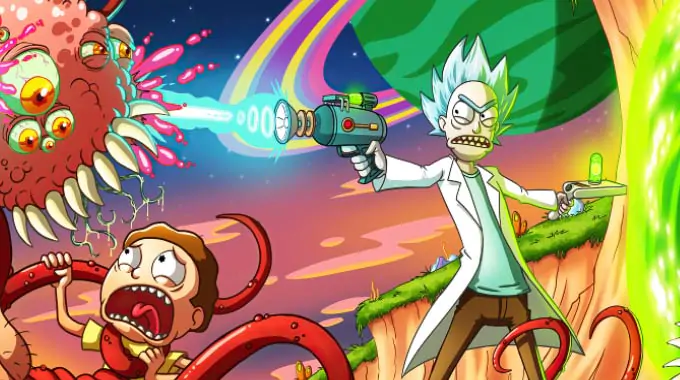List of facts about the lion king characters:-
Simba is the main character of The Lion King and is voiced by Jonathan Taylor Thomas and Matthew Broderick.
Mufasa is Simba’s father and the king of the Pride Lands, voiced by James Earl Jones.
Scar is Mufasa’s younger brother and Simba’s uncle, voiced by Jeremy Irons.
Nala is Simba’s childhood friend and eventual love interest, voiced by Moira Kelly.
Zazu is a red-billed hornbill and Mufasa’s majordomo, voiced by Rowan Atkinson.
Timon is a meerkat and one of Simba’s companions, voiced by Nathan Lane.
Pumbaa is a warthog and Timon’s best friend, voiced by Ernie Sabella.
Rafiki is a wise old mandrill who serves as a shaman and advisor to the lion king, voiced by Robert Guillaume.
Shenzi is a hyena and one of Scar’s henchmen, voiced by Whoopi Goldberg.
Banzai is a hyena and one of Scar’s henchmen, voiced by Cheech Marin.
Ed is a hyena and one of Scar’s henchmen, voiced by Jim Cummings.
Sarabi is Mufasa’s wife and Simba’s mother, voiced by Madge Sinclair.
Kiara is Simba and Nala’s daughter and the future queen of the Pride Lands, voiced by Neve Campbell.
Kovu is a young lion and Kiara’s eventual love interest, voiced by Jason Marsden.
Vitani is Nuka’s younger sister and Kovu’s younger sister, voiced by Jennifer Lien.
Nuka is the eldest son of Zira and Scar’s oldest son, voiced by Andy Dick.
Zira is a lioness and Scar’s former mate, voiced by Suzanne Pleshette.
Kion is Simba and Nala’s second-born child and Kiara’s younger brother, voiced by Max Charles.
Beshte is a hippopotamus and member of the Lion Guard, voiced by Dusan Brown.
Fuli is a cheetah and member of the Lion Guard, voiced by Diamond White.
Ono is an egret and member of the Lion Guard, voiced by Atticus Shaffer.
Bunga is a honey badger and member of the Lion Guard, voiced by Joshua Rush.
Scar’s real name is Taka, which means “trash” in Swahili.
Simba’s name means “lion” in Swahili.
The name “Nala” means “successful” in Swahili.
Timon’s name means “to honor” in Greek.
Pumbaa’s name means “simpleton” in Swahili.
Rafiki’s name means “friend” in Swahili.
Zazu’s name means “movement” in Swahili.
The Lion King is loosely based on William Shakespeare’s play Hamlet.
Simba’s birth name was originally “Kopa” in an earlier version of the story.
Scar’s black mane is a sign of his evil nature and distinguishes him from the other lions, who all have golden manes.
Nala’s mother is named Sarafina, although she is only briefly mentioned in the film.
Zazu is based on the character of the same name from Gilbert and Sullivan’s comic opera The Mikado.
Timon and Pumbaa’s motto is “Hakuna Matata,” which means “no worries” in Swahili.
Rafiki’s iconic scene where he raises Simba over his head is a reference to the biblical story of Samuel anointing David as the future king of Israel.
Shenzi, Banzai, and Ed were originally going to be played by Cheech and Chong, but the duo was replaced by other actors due to creative differences.
Scar’s design was inspired by the villainous uncle in Disney’s The Rescuers Down Under.
Nala’s name is not mentioned in the original Lion King script, but was added later in production.
The hyenas’ names are all derived from Swahili words: Shenzi means “savage,” Banzai means “skulk,” and Ed is short for “education” (as in “lack of”).
Sarabi’s name means “mirage” in Swahili.
Kiara’s name means “small, dark thing” in Irish.
Kovu’s name means “scar” in Swahili.
Vitani’s name means “battle” in Swahili.
Nuka’s name means “stink” in Swahili.
Zira’s name means “hate” in Swahili.
Kion’s name means “leader” in Swahili.
Beshte’s name means “friend” in Swahili.
Fuli’s name means “very fast” in Swahili.
Ono’s name means “vision” in Swahili.
Bunga’s name means “foolish” in Swahili.
Scar’s design was also inspired by the villainous character of Mephistopheles from Goethe’s Faust.
The animators studied real-life animals to create the characters’ movements and behavior, including lions, meerkats, and warthogs.
The original voice cast was encouraged to improvise and ad-lib during recording sessions, which resulted in many of the film’s comedic moments.
Jeremy Irons’ distinctive voice and British accent were deemed too sophisticated for Scar’s character by some Disney executives, but the filmmakers insisted on casting him.
The Lion King was the highest-grossing animated film of all time until it was surpassed by Disney’s own Frozen in 2013.
The film won two Academy Awards for Best Original Score and Best Original Song (“Can You Feel the Love Tonight”).
The Lion King has been adapted into a Broadway musical that has won numerous awards and been performed all over the world.
A live-action remake of the original film was released in 2019, featuring an all-star cast including Donald Glover as Simba and Beyoncé as Nala.
The Lion King remains one of Disney’s most beloved and enduring franchises, inspiring merchandise, theme park attractions, and countless spin-offs and adaptations.
The voice actor for young Simba, Jonathan Taylor Thomas, was also a popular child actor in the 90s, known for his role in the TV show Home Improvement.
Scar’s original name was Taka, which means “dirt” or “trash” in Swahili. He was given the name Scar by Mufasa after he was wounded in a battle with a buffalo.
Rafiki’s staff is modeled after a traditional African shepherd’s crook.
The hyenas were originally going to be played by the comedic duo of Martin Short and Danny DeVito.
In The Lion King 2: Simba’s Pride, Nala’s daughter Kiara falls in love with Kovu, who is originally a member of Scar’s pride.
Timon and Pumbaa were inspired by the characters Rosencrantz and Guildenstern from Shakespeare’s play Hamlet.
Pumbaa is the first Disney character to ever fart on screen.
Scar is the only lion in the pride who has green eyes.
In The Lion King 2: Simba’s Pride, Zira is revealed to be Scar’s mate and mother of Kovu, Nuka, and Vitani.
The Lion King was originally planned to be a much darker and more violent film, with graphic scenes of death and destruction.
Nala was originally going to be a love interest for Scar instead of Simba.
The hyenas were inspired by real-life gangsters and criminals, as well as the characters of the Wicked Witch’s henchmen in The Wizard of Oz.
In The Lion King 2: Simba’s Pride, Kiara and Kovu’s love story is loosely based on Romeo and Juliet.
Simba’s iconic roar in the film was created by combining a variety of different animal sounds, including a lion, tiger, and bear.
The animators drew inspiration for Mufasa’s character from African tribal chiefs and kings.
The original title of The Lion King was “King of the Jungle,” but it was changed when the filmmakers realized that lions do not actually live in the jungle.
The character of Rafiki was originally going to be a cheetah.
The Lion King was the first Disney animated feature to be dubbed into Zulu, one of the official languages of South Africa.
The Lion King was released in 1994, which marked the 40th anniversary of Disney’s first animated feature film, Snow White and the Seven Dwarfs.
The film’s opening song, “Circle of Life,” was written and performed by South African composer Lebo M.
The Lion King was originally conceived as an animated film in the style of Disney’s Robin Hood, with the animals anthropomorphized as human-like characters.
James Earl Jones, who voiced Mufasa, also provided the voice for Darth Vader in the Star Wars films.
The character of Scar was inspired by Shakespeare’s character Richard III.
The Lion King was the highest-grossing film of 1994, earning over $968 million worldwide.
The film’s animators traveled to Africa to study the landscape and animals, and many of the film’s iconic images are based on real-life locations like the Pride Rock.
The character of Timon was originally going to be a squirrel, but was changed to a meerkat when the filmmakers realized that squirrels are not native to Africa.
The Lion King was the last Disney animated feature to be created using traditional hand-drawn animation techniques.
The character of Scar was originally supposed to be British, but the filmmakers changed it to an American accent to make him sound more villainous.
Mufasa’s name means “King” in the Manazoto language.
The animators based the character of Simba on the movements and behavior of real lion cubs.
The character of Shenzi, one of the hyenas, was originally intended to be male.
The Lion King was the first Disney animated feature to feature an entirely original storyline, not based on an existing fairy tale or novel.
The character of Rafiki was based on a traditional African wise man.
In the original script, Scar was the one who killed Mufasa’s father, not the stampede.
In Swahili, “Simba” means “lion.”
The animators drew inspiration for the character of Scar from the facial features of the actor Jeremy Irons, who voiced the character.
The song “Can You Feel The Love Tonight” was originally supposed to be a duet between Timon and Pumbaa, but it was changed to a romantic ballad for Simba and Nala.
The animators based the character of Zazu, the hornbill, on a real-life hornbill named Zazu that they observed in Africa.
The character of Nala was originally supposed to have a brother named Mheetu, but the character was ultimately cut from the film.
The character of Pumbaa was originally going to be a warthog named Harold.
The voice actor for Scar, Jeremy Irons, was almost unable to perform the song “Be Prepared” due to a throat injury, but he managed to record it in one take.
The filmmakers studied real-life hyenas to ensure that their movements and behavior in the film were accurate.
The character of Banzai, one of the hyenas, was named after a Japanese war cry.
The character of Sarabi, Simba’s mother, was originally supposed to be a male character.
The character of Rafiki’s laugh was inspired by the sound of a baboon.
The filmmakers wanted to use a live-action lion for the character of Simba, but ultimately decided to use animation to better capture the character’s movements and expressions.
The character of Rafiki was originally supposed to have a pet gerbil, but the idea was ultimately scrapped.
The character of Zazu was originally going to be a beetle, but the filmmakers decided to make him a hornbill to better fit the African setting.
The character of Nala was originally supposed to be a more passive character, but the filmmakers decided to make her more assertive and active in the story.
The character of Simba was inspired by the biblical story of the prodigal son.
The animators studied real-life lion prides to ensure that the characters’ social interactions were accurate.
The character of Scar was originally supposed to have a mate named Zola, but the character was ultimately cut from the film.
The character of Zazu was voiced by actor Rowan Atkinson, best known for his role as Mr. Bean.
The character of Mufasa was inspired by African kings and tribal chiefs, as well as real-life lions.
The character of Rafiki’s name means “friend” in Swahili.
The character of Simba’s mane changes throughout the film to reflect his growth and maturity.
The character of Scar’s design was inspired by the hyenas he works with, giving him a more feral and scrappy appearance.
The character of Nala’s name means “gift” in Swahili.
The character of Timon was originally supposed to be a squirrel, but the filmmakers ultimately decided to make him a meerkat.
The character of Rafiki’s staff was originally supposed to be a spear, but the filmmakers decided to change it to better fit his wise and peaceful character.
The character of Simba’s design went through over 700 different iterations before the filmmakers settled on his final appearance.
The filmmakers studied real-life meerkats to ensure that Timon’s movements and behavior were accurate.
The character of Zazu’s design was inspired by the hornbill bird, with his beak resembling that of a hornbill.
The character of Scar’s design was also inspired by the actor Alan Rickman, who was originally considered for the role.
The character of Pumbaa’s name means “simpleton” in Swahili.
The filmmakers worked with a team of animators from China to help bring the wildebeest stampede scene to life.
The character of Rafiki’s design was inspired by traditional African shaman masks.
The character of Nala’s eyes were intentionally designed to be larger than Simba’s, to give her a more expressive and assertive appearance.
The character of Zazu was based on the hornbill bird species found in sub-Saharan Africa.
The character of Scar was originally supposed to be much more dark and menacing, but the filmmakers decided to give him a more charismatic and manipulative personality.
The character of Timon was voiced by Nathan Lane, who was cast in the role after the filmmakers saw his performance in the Broadway production of “Guys and Dolls.”
The character of Mufasa’s design was inspired by the lions found in Kenya’s Masai Mara National Reserve.
The character of Rafiki’s design was also inspired by traditional African tribal masks.
The character of Scar’s name means “trash” or “rubbish” in Swahili.
The character of Pumbaa was originally supposed to be a more serious and dignified character, but the filmmakers decided to make him more comical.
The character of Shenzi was voiced by Whoopi Goldberg, who was cast in the role after the filmmakers saw her performance in the film “Sister Act.”
The character of Simba’s roar was created by combining the sounds of a lion, a tiger, and a F-16 fighter jet.
The character of Scar’s facial expressions were inspired by the classic film actor Edward G. Robinson.
The character of Rafiki’s design was also inspired by traditional African tribal clothing.
The character of Timon’s design was inspired by the meerkat species found in the Kalahari Desert.
The character of Nala’s design was inspired by the lionesses found in Tanzania’s Serengeti National Park.
The character of Zazu’s voice actor, Rowan Atkinson, is a known wildlife enthusiast who has also voiced nature documentaries.
The character of Scar’s design was also inspired by the villainous character of Richard III, from the Shakespeare play of the same name.
The character of Pumbaa’s voice actor, Ernie Sabella, auditioned for the role of Zazu before being cast as Pumbaa.
The character of Simba’s mane was originally supposed to be blonde, but the filmmakers changed it to red to make him more distinct from his father, Mufasa.
The character of Scar’s design was also inspired by the actor Jeremy Irons, who ultimately voiced the character.
The character of Nala’s voice actor, Moira Kelly, was cast in the role after the filmmakers saw her performance in the film “The Cutting Edge.”
The character of Timon’s name is derived from the Greek word for “honor” or “respect.”
The character of Rafiki’s name means “friend” in Swahili.
The character of Shenzi’s name means “uncivilized” in Swahili.
The character of Scar’s design was also inspired by the spotted hyena species found in sub-Saharan Africa.
The character of Pumbaa’s design was inspired by the warthog species found in East Africa.
The character of Mufasa’s name means “king” in the Manazoto language of Zimbabwe.
The character of Rafiki’s voice actor, Robert Guillaume, won a Primetime Emmy award for his performance in the role.
The character of Scar’s name was originally supposed to be “Taka,” which means “waste” or “garbage” in Swahili.
The character of Timon and Pumbaa’s friendship was inspired by the real-life relationship between a meerkat and a warthog, who often work together to find food and protect each other from predators.
The character of Nala’s design was also inspired by the lionesses found in Kenya’s Maasai Mara National Reserve.
The character of Scar’s song “Be Prepared” was inspired by the Nazi propaganda song “Horst Wessel Lied.”
The character of Pumbaa’s design was intentionally made to look more appealing and friendly, despite his appearance as a warthog.
The character of Mufasa’s design was intentionally made to look regal and imposing, to emphasize his status as king.
The character of Rafiki’s design was also inspired by traditional African jewelry and ornaments.
The character of Scar’s facial scar was intentionally designed to resemble a real-life lion wound.
The character of Timon and Pumbaa’s “Hakuna Matata” philosophy was inspired by the Swahili phrase “Hakuna Matata,” which means “no worries.”
The character of Nala’s personality and assertiveness were based on the personality of her voice actor, Moira Kelly.
The character of Shenzi was originally supposed to be a male character, but the filmmakers decided to cast Whoopi Goldberg in the role and make the character female.
The character of Scar’s voice actor, Jeremy Irons, recorded his lines separately from the rest of the cast, as he was recovering from a throat injury at the time.
The character of Pumbaa’s farting was a controversial topic during the film’s production, as some believed it was inappropriate for a family-friendly film.
The character of Zazu’s role as Mufasa’s advisor was inspired by the real-life relationship between hornbill birds and elephants, who often work together to locate food and water.
The character of Rafiki’s age is never explicitly stated, but it is implied that he is much older than any of the other characters.
The character of Timon and Pumbaa’s friendship was originally supposed to be a subplot, but it ultimately became one of the film’s main themes.
The character of Scar’s name was changed from “Taka” to “Scar” to reflect his villainous nature.
The character of Mufasa’s mane was inspired by the mane of a Barbary lion, a subspecies that is now extinct in the wild.
The character of Nala’s design was based on a mix of lionesses from different parts of Africa.
The character of Rafiki’s staff is modeled after the knobbed thorn tree, which is found in many parts of Africa.
The character of Zazu was originally supposed to be a serious and formal character, but the filmmakers decided to make him more comedic.
The character of Scar was originally supposed to be a cartoonish villain, but the filmmakers decided to make him more complex and nuanced.
The character of Pumbaa’s name means “simpleton” in Swahili.
The character of Mufasa’s design was based on a mix of lion and gorilla features.
The character of Rafiki’s laugh was improvised by his voice actor, Robert Guillaume
The character of Scar’s green eyes were chosen to make him stand out from the other lions.
The character of Zazu’s feathers are based on those of the African grey hornbill.
The character of Mufasa’s roar was created by mixing together recordings of a lion’s roar and a tiger’s roar.
The character of Scar’s song “Be Prepared” was originally much longer, but it was shortened for the film.
The character of Simba’s design was inspired by the Maasai people of Kenya and Tanzania.
The character of Nala’s original name was “Nuru,” which means “light” in Swahili.
The character of Scar was inspired by Shakespeare’s character Richard III.
The character of Rafiki was originally supposed to be a baboon, but the filmmakers changed him to a mandrill for his more colorful appearance.
The character of Pumbaa’s design was originally supposed to be more realistic, but the filmmakers decided to make him more cartoony.
The character of Timon was originally supposed to be a mole, but the filmmakers changed him to a meerkat because they thought he was more visually interesting.
The character of Scar’s voice actor, Jeremy Irons, originally turned down the role but changed his mind after his children convinced him to take it.
The character of Zazu’s role as Mufasa’s advisor was inspired by the traditional role of the hornbill bird in African folklore.
The character of Rafiki’s face was modeled after the faces of traditional African masks.
The character of Simba’s name means “lion” in Swahili.
The character of Nala’s name means “gift” in Swahili.
The character of Scar’s design was also influenced by the character of Shere Khan from Disney’s “The Jungle Book.”
The character of Mufasa’s voice actor, James Earl Jones, also provided the voice for Darth Vader in the “Star Wars” films.
The character of Zazu’s voice actor, Rowan Atkinson, is best known for his role as Mr. Bean.
The character of Timon’s voice actor, Nathan Lane, also provided the voice for the character of Snowbell in the film “Stuart Little.”
The character of Pumbaa’s voice actor, Ernie Sabella, reprised his role as Pumbaa in several spinoff TV shows and movies.
The character of Shenzi’s voice actor, Whoopi Goldberg, won an Academy Award for her role in the film “Ghost.”
The character of Scar’s voice actor, Jeremy Irons, also provided the voice for the character of Scar in the original Broadway production of “The Lion King.”
The character of Simba was originally supposed to have a girlfriend named Nala, but the filmmakers decided to make her his childhood friend instead.
The character of Timon was originally supposed to be voiced by the comedian Billy Crystal, but he turned down the role.
The character of Rafiki was originally supposed to be a more serious character, but the filmmakers decided to make him more quirky and eccentric.
FAQs
The names of the hyenas in “The Lion King” are Shenzi, Banzai, and Ed.
Zazu, the hornbill in “The Lion King,” was voiced by actor Rowan Atkinson.
The meerkat in “The Lion King” is named Timon.
The warthog in “The Lion King” is named Pumbaa.
In the original novel series “The Lion King: Six New Adventures,” Taka is Scar’s original name before he becomes Scar.
“The Lion King” is loosely based on William Shakespeare’s play, “Hamlet.“
the meerkat in “The Lion King” is named Timon.
Scar in the original “The Lion King” was voiced by actor Jeremy Irons.
The main antagonist in “The Lion King” is Scar.
Timon, the meerkat in “The Lion King,” was voiced by actor Nathan Lane.
Simba does not have a girlfriend in “The Lion King.” However, he eventually becomes mates with Nala.
Scar in “The Lion King” was voiced by actor Jeremy Irons.
The original voice of Mufasa in “The Lion King” was provided by actor James Earl Jones.
The bird from “The Lion King” is a hornbill named Zazu.
Simba’s uncle in “The Lion King” is named Scar.
Zira, the villainess in “The Lion King II: Simba’s Pride,” was voiced by actress Suzanne Pleshette.
Vitani is younger than Kovu in “The Lion King II: Simba’s Pride.”
